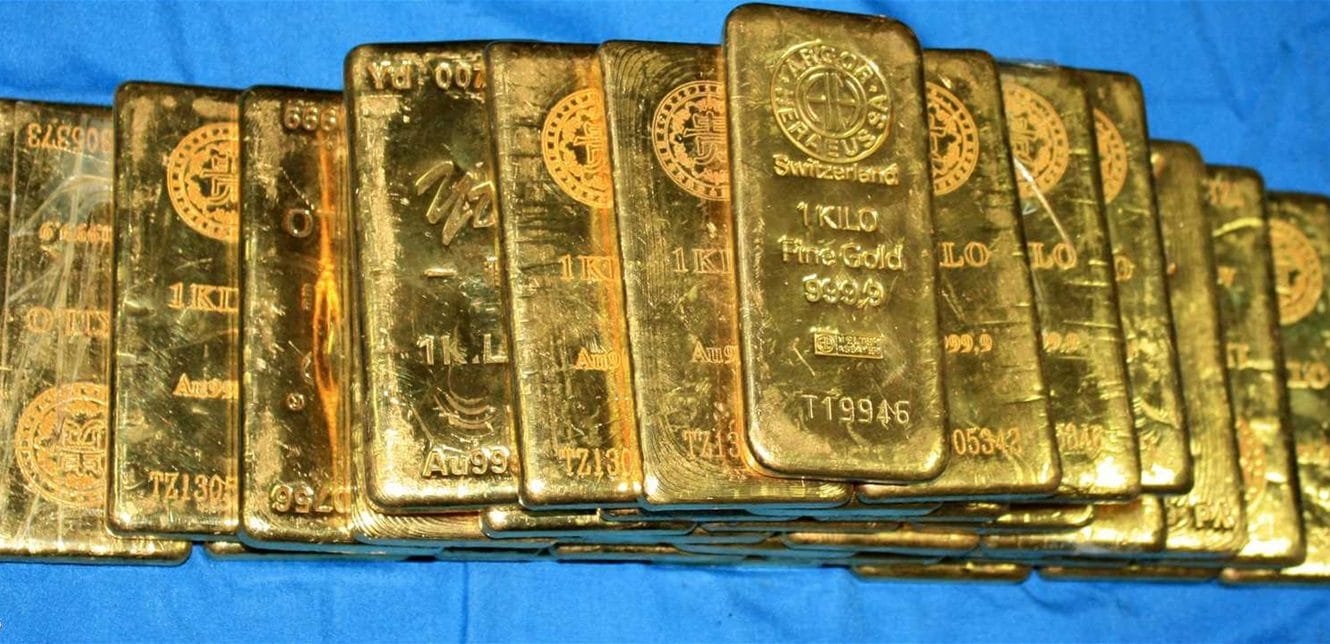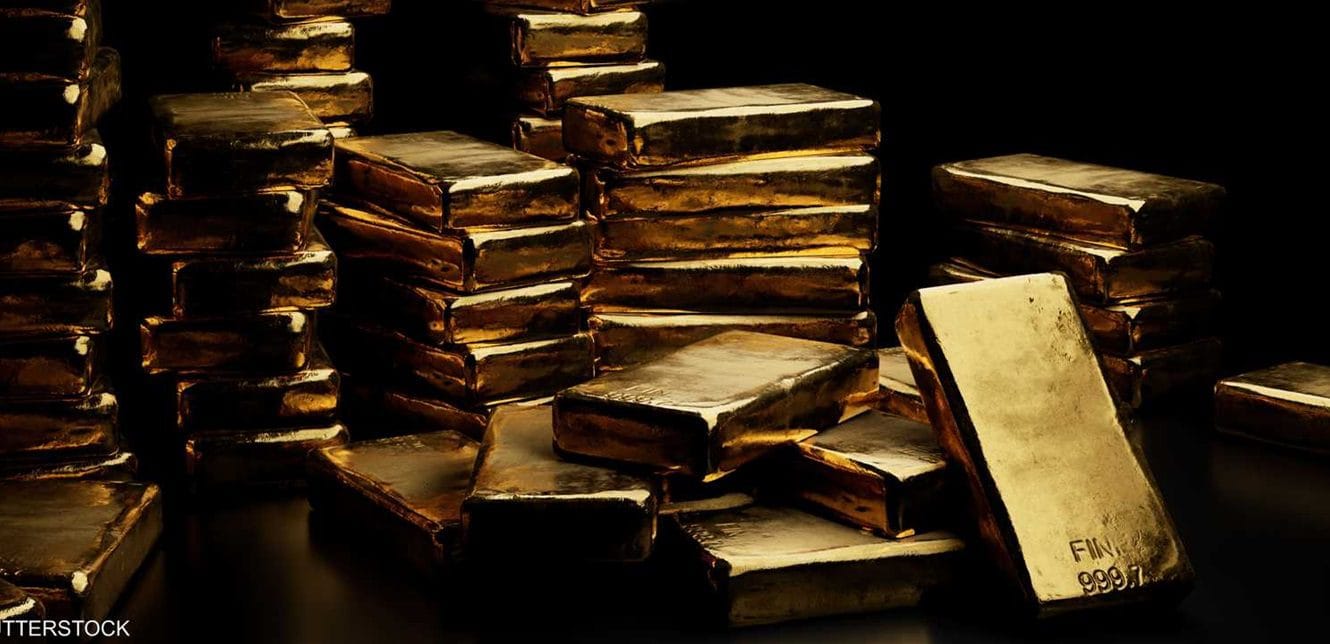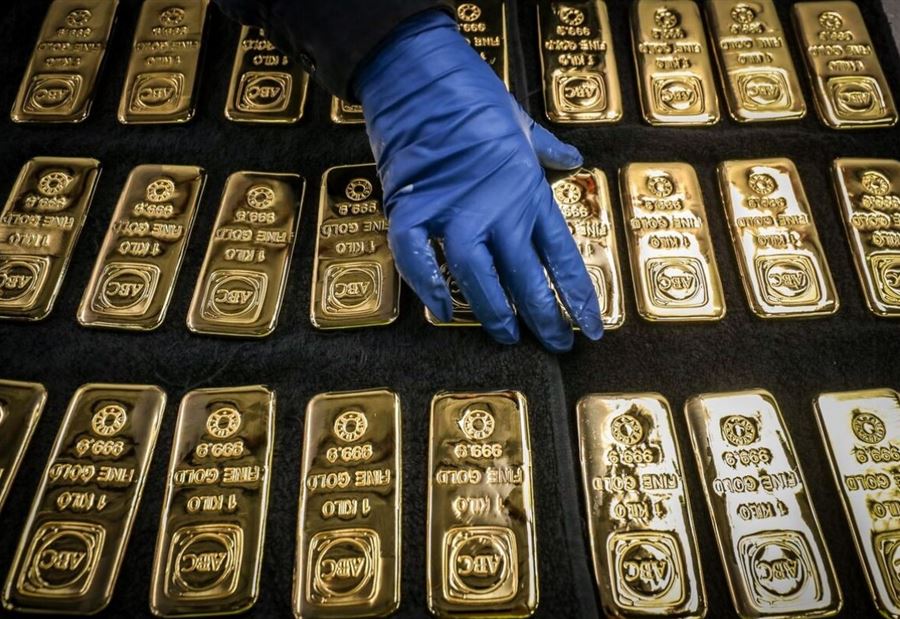البحث يكشف دور النجوم المغناطيسية النيوترونية في إنتاج الذهب
لطالما كان العلماء يسعون جاهدين لفهم أصل العناصر الثقيلة في الكون، مثل الذهب. وفي اكتشاف مثير، يشير بحث جديد إلى مصدر غير متوقع للذهب وهو النجوم المغناطيسية النيوترونية. يعتقد العلماء أن العناصر الأخف مثل الهيدروجين والهيليوم، بالإضافة إلى كميات قليلة من الليثيوم، تكونت في المراحل الأولى من الكون بعد الانفجار العظيم الذي حدث قبل نحو 13.8 مليار عام.
كيف بدأ الكون بتكوين العناصر الثقيلة؟
في المراحل التالية من عمر الكون، أطلقت النجوم المنفجرة عناصر أثقل مثل الحديد، التي أصبحت جزءًا من النجوم والكواكب الوليدة. ورغم ذلك، ظل توزيع العناصر الأثقل من الحديد، مثل الذهب، لغزًا محيرًا للفيزيائيين الفلكيين الذين كانوا يحاولون إيجاد تفسيرات لهذا الظاهرة الكونية.
الإجابة الجديدة: النجوم المغناطيسية النيوترونية
قال الباحث الرئيسي في الدراسة، أنيرود باتيل، إن هذا “سؤال جوهري يتعلق بأصل المادة المعقدة في الكون”. وكان العلماء قد ربطوا سابقًا إنتاج الذهب الكوني باصطدامات النجوم النيوترونية، حيث اكتشف الفلكيون في عام 2017 اصطدامًا بين نجمين نيوترونيين أدى إلى موجات جاذبية وانفجار أشعة غاما، مما أسفر عن تشكيل عناصر ثقيلة مثل الذهب والبلاتين والرصاص في ظاهرة فلكية تُعرف بـ”كيلونوفا”.
دور النجوم المغناطيسية النيوترونية في إنتاج الذهب
ومع ذلك، يشير إريك بيرنز، المؤلف المشارك للدراسة، إلى أن هذه الاصطدامات حدثت في الغالب قبل مليارات السنين فقط. بناءً على بيانات قديمة من تلسكوبات ناسا ووكالة الفضاء الأوروبية، يبدو أن النجوم المغناطيسية النيوترونية قد تكون مسؤولة عن إنتاج الذهب في مراحل مبكرة جدًا من عمر الكون. وتعتبر النجوم المغناطيسية نوعًا من النجوم النيوترونية ذات مجالات مغناطيسية قوية جدًا، ويُعتقد أنها تشكلت بعد نحو 200 مليون عام من نشوء الكون.
كيف تساهم الزلازل النجمية في تكوين الذهب؟
تطلق هذه النجوم أحيانًا ومضات قوية من الإشعاع تُعرف بـ”الزلازل النجمية”، التي تُشبه الزلازل الأرضية ولكنها ناتجة عن تغييرات في طبقات النجم. وأظهرت الدراسة أن هذه الزلازل قد تؤدي إلى انبعاثات مادية هائلة من سطح النجم، مما يخلق بيئة ملائمة لتكوين العناصر الثقيلة مثل الذهب.
دراسة جديدة تؤكد الفرضية
لفحص فرضيتهم، قام الفريق البحثي بدراسة بيانات لأشعة غاما من انفجار مغناطاري وقع في ديسمبر 2004، التُقطت بواسطة مرصد تابع لوكالة الفضاء الأوروبية. وتبين أن الإشارة التي رُصدت تتطابق بشكل مذهل مع التوقعات النظرية لنماذج الباحثين.
تحذيرات من المبالغة في التفسير
على الرغم من هذا الاكتشاف المثير، حذرت العالمة إلينورا ترويا من جامعة روما، التي لم تشارك في الدراسة، من المبالغة في تفسير النتائج. وقالت إن الأدلة الجديدة لا تُقارن بما تم رصده في اصطدام النجوم النيوترونية عام 2017، مشيرة إلى أن المغناطارات قد تنتج عناصر أخف من الذهب بسبب ظروفها المعقدة. واعتبرت ترويا أن ما تم تقديمه هو “مسار بديل محتمل لإنتاج الذهب، وليس اكتشافًا لمصدر جديد مؤكد”.
Scientists Discover Unexpected Source of Gold in the Universe
New Research Unveils the Role of Magnetar Neutron Stars in Gold Production
For decades, astronomers have sought to understand the origin of heavy elements in the universe, such as gold. In an exciting new discovery, research suggests an unexpected source of gold – magnetar neutron stars. Scientists believe that lighter elements like hydrogen, helium, and a small amount of lithium formed in the early stages after the Big Bang, which occurred about 13.8 billion years ago.
How Did Heavy Elements Like Gold Form in the Universe?
Later, exploding stars released heavier elements like iron, which became part of newborn stars and planets. However, the distribution of elements heavier than iron, such as gold, remained a perplexing mystery for astrophysicists.
The New Answer: Magnetar Neutron Stars
Aniruddh Patel, the lead researcher in the study, explained, “This is a fundamental question about the origin of complex matter in the universe.” Previously, the production of cosmic gold was linked only to neutron star collisions. In 2017, astronomers observed the collision of two neutron stars, resulting in gravitational waves and gamma-ray bursts, creating heavy elements like gold, platinum, and lead in a phenomenon known as “kilonova,” which is considered a “gold factory” in space.
Magnetar Neutron Stars and Gold Production
However, Eric Burns, co-author of the study and astrophysics professor at Louisiana State University, pointed out that these mergers mostly happened billions of years ago. Yet, data from NASA and the European Space Agency telescopes, dating back 20 years, suggest that magnetar stars may be responsible for producing gold in the very early stages of the universe. Magnetars are a type of neutron star with incredibly strong magnetic fields and are thought to have formed just about 200 million years after the universe's inception.
How Do Stellar Quakes Contribute to Gold Formation?
These stars sometimes emit intense flashes of radiation known as “stellar quakes,” which are similar to earthquakes but occur due to changes in the star's layers. The study showed that these quakes could lead to massive material emissions from the star's surface, creating an environment suitable for forming heavy elements like gold.
New Study Confirms the Hypothesis
To test their hypothesis, the team analyzed gamma-ray data from a magnetar explosion in December 2004, captured by a European Space Agency observatory. They found that the detected signal matched the theoretical predictions of the researchers' models.
Warnings Against Overinterpretation
Despite the exciting discovery, scientist Eleonora Troya from the University of Rome, who did not participate in the study, cautioned against overinterpreting the findings. She stated that the new evidence “does not compare to what was observed in the 2017 neutron star collision” and noted that magnetars are “chaotic bodies” that might produce lighter elements than gold due to their complex conditions. She sees what was presented as “a potential alternative pathway for gold production, not a confirmed new source.”
Translated by economyscopes team
المصدر: رصد موقع سكوبات عالمية إقتصادية
 سكوبات عالمية إقتصادية – EconomyScopes إجعل موقعنا خيارك ومصدرك الأنسب للأخبار الإقتصادية المحلية والعربية والعالمية على أنواعها بالإضافة الى نشر مجموعة لا بأس بها من فرص العمل في لبنان والشرق الأوسط والعالم
سكوبات عالمية إقتصادية – EconomyScopes إجعل موقعنا خيارك ومصدرك الأنسب للأخبار الإقتصادية المحلية والعربية والعالمية على أنواعها بالإضافة الى نشر مجموعة لا بأس بها من فرص العمل في لبنان والشرق الأوسط والعالم




